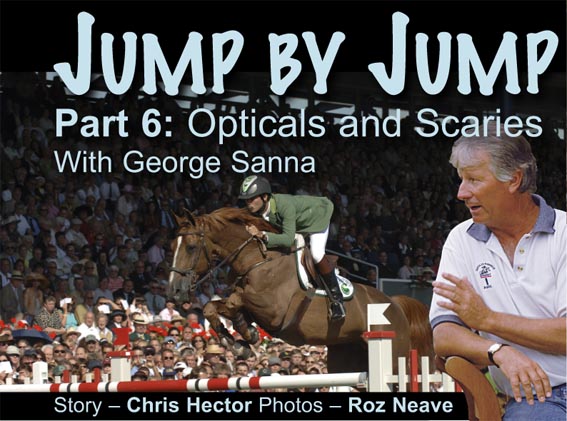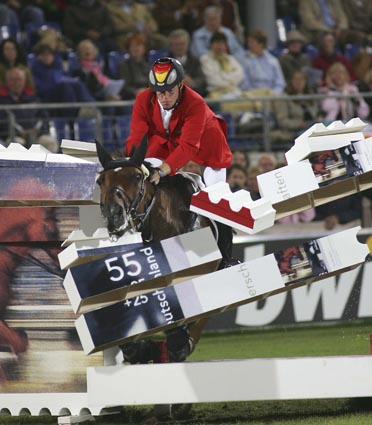Missed part one? It’s here. Part two is here Part three is here Part four is here
Part five is here
This time, George Sanna looks at the fences that ‘fool’ the horse’s visual sense – The Opticals and the Scaries…

“Fences are either verticals, oxers, triple bars or open water. If a fence has a strong visual impact, say, a wall and a plank and rail and not much space in between, the horse is going to really look at that jump and make a strong decision on how it is going to meet it. The horse is going to back up a lot better.
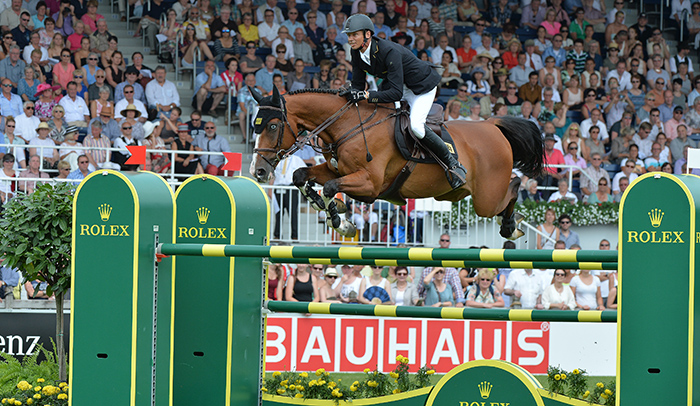
Marco Kutscher and Liberty Son
Whereas, if the fence is spindly and very airy, he sees a lot of ‘stuff’ other than the fence when he is approaching it, so the fence only has a very small visual impact on him. He sees the crowd behind the jump, the grass, the advertising signs, whatever – out of all that, he’s got to pick out the top rail. Even if he’s a careful horse, he is going to be less impressed by the jump. And it is that visual impression that really makes a horse back up and jump the top rail.”
story continues below the advertisement
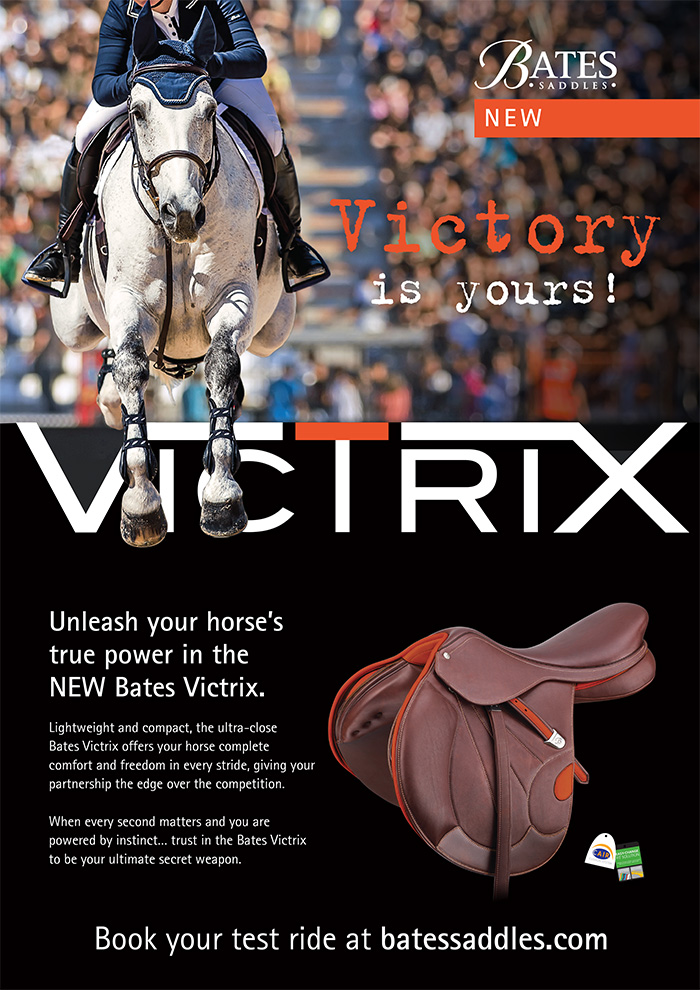
“The course builders know they can’t build the fences much bigger, so they make the lighter, visually less imposing, and they do that with either the substance of the jump or the way the jump is constructed – having the visual impact of the jump low rather than high. So you have, strong colours, or a strong look lowdown, and a more pastel or white colour at the top.”
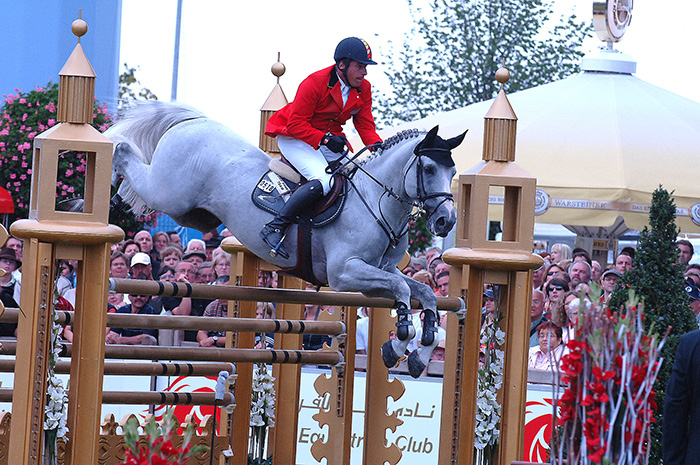
Parco and Ludo Philippaerts
“Horses can read a broken coloured rail much more readily than a plain coloured rail. It’s the same with us – if you try to put your finger on a clothes line that is just stretched in front of you, it’s quite difficult to get the depth perception. Whereas if there are clothes on it, and light and shadow, it is quite easy to read. It’s the same with a rail, if it is a broken coloured rail and they’ve got a contrast to get their focus on, it’s much easier – whereas if it is a plain coloured rail that blends into the background, then it is much harder.”
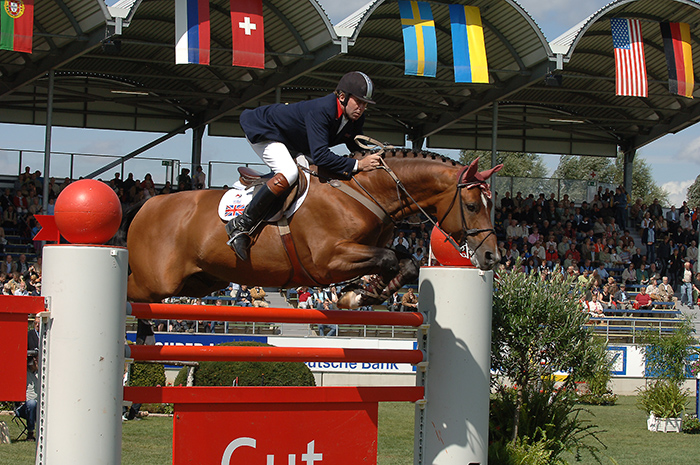
Arko and Nick Skelton
“All these things put a greater emphasis on the accuracy of the ride. The less the horse reads the jump, then the more important the balance and the distance is. It puts greater pressure on the skill of the rider, and the carefulness of the horse. Some horses just can’t be bothered – no matter how well you ride them.
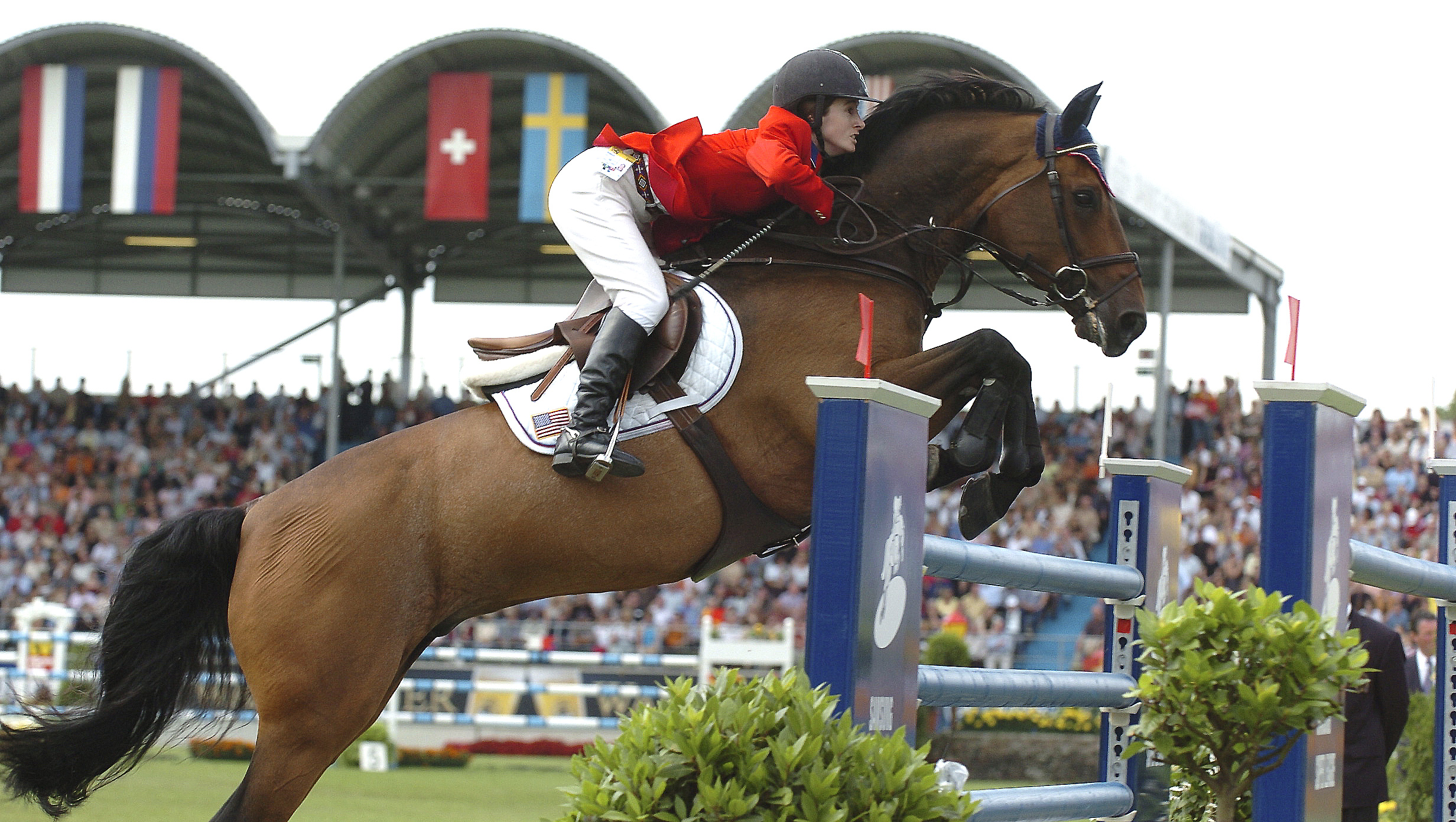
Beezie Madden and Authentic
Other horses are so careful that even if you mess it up, they will make an effort. All these things – colours, the look, the lightness of the rail, or getting horses to look down, which is what a Liverpool will do – they are all part of that process of getting faults without hurting horses.”
“Once again the answer is practice. Make sure that the horse jumps a lot of plain coloured rails, let them knock a few down, let them make a mistake when you are training, or even in the ring in unimportant classes. Let them knock down a few rails and learn to watch.”
Story continues below the advertisement

Some horses react to specific optical effects – I remember one horse that would never jump a particular jump that was decorated with Aboriginal motifs.
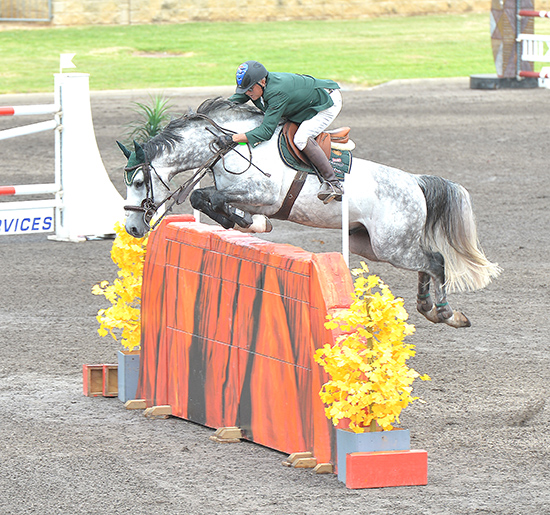
Chris Chugg and Cassiago
“Some horses react to specific things. You can’t obviously prepare them for every single thing at every single show because you can’t have that variety of gear, but for sure, if your horse shows he has an issue with a particular thing – be it a Liverpool or a pattern – then you need to go home and replicate it. Be a bit imaginative about setting up some gear at home. I remember Graeme Watts had a jump he called Marbo – again an Aboriginal thing – and when that first came out, horses were spooking and stopping all over the place. Unusual design, unusual colour.”
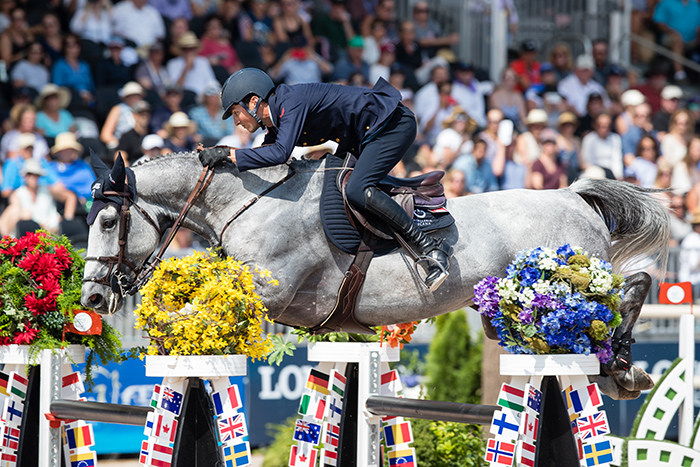
“If it is just a one off thing, the horse stops, you give him a smack, pops over it and in the next class he doesn’t take a whole lot of notice of it – fine, you’ve probably done your work. But if he won’t go near it, that’s different. We had Aaron Williams and his horse, Carson, based with us just before they were due to go to Europe for a World Cup final a few years back. We went to a local show at Camden, and they had just an innocuous little fill-in on a jump. Just a little row of people’s heads made of plywood. This horse was on his way to a World Cup final and he wouldn’t go anywhere near it! He was an honest thing, but he wouldn’t go near it. Aaron was a carpenter, so he was up for it. He bought a sheet of ply and he cut it out and painted it the same but it took him a week to get the horse comfortable with it – and yet he was a horse that had never looked at much else. Who knows what goes through their minds…”
Story continues below the advertisement
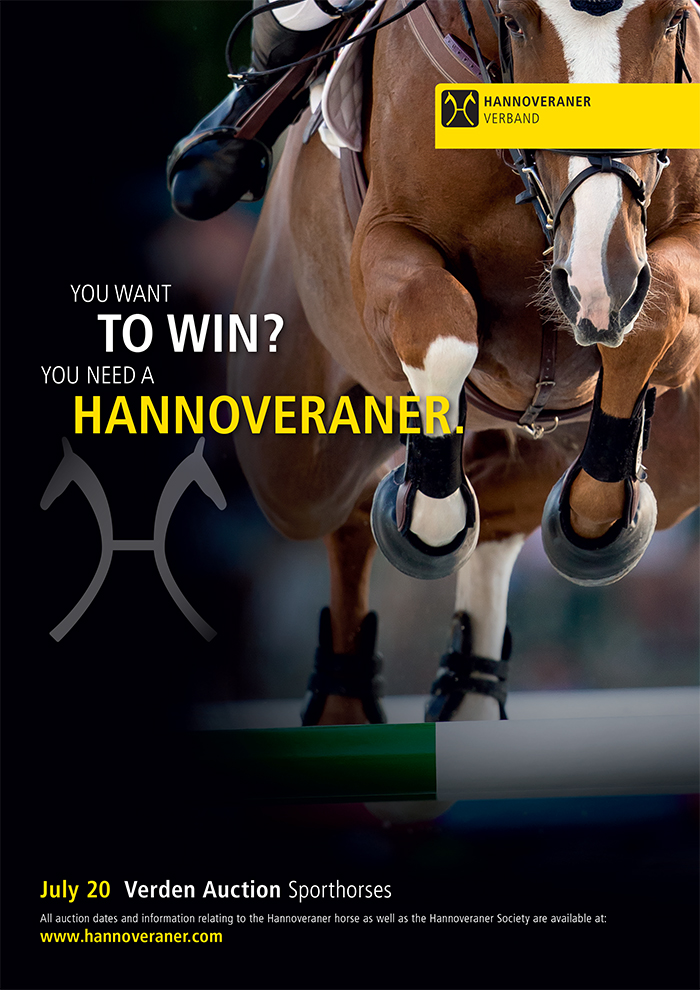
Stephen Ward at SIEC
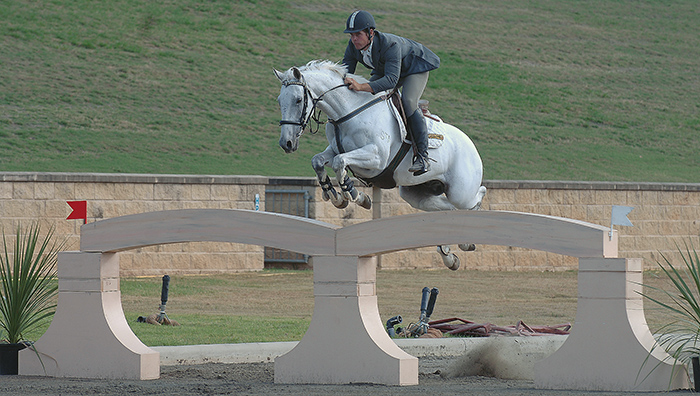
“This particular jump caused a lot of problems but it is not so much an illusion in terms of colour and shape, it is just plain scarey for some horses. Some took major objection to it – but most horses jumped it fairly well. It was near the start and you had to canter past the edge of it, and a lot of horses took violent objection to it, but when they came round and actually locked their eyes onto they jumped it well. I think it is a jump that unless the horse takes a massive objection to the look of it, they are going to jump it well – simply because it is in their face.”
“Normally jumps that create optical illusions, aren’t so much in the horse’s face – they blend. Or the bottom attracts their attention and not the top. This fence is really in their face, and they are either going to jump it well or refuse to go near it.”
With a spooky looking fence like that, is it best to try and let them see it before you start the course?
“I think so, let them get an eyeful of it if possible, especially from the side you are going to be approaching it the first time they see it. Some horses, their initial reaction if they see something that bothers them, is to flee or spin around – but once they have had their eyes on it and got used to what it is, and what the dimensions are, then they will go to it the next time. I always like to let them have a look. The rule has changed, in the old days if you gave your horse an eyeful of the jump and stood in front of it, there was a moderate chance that you might get eliminated. It’s not the case any more. You can do pretty much anything but jump it, and they won’t eliminate you. You can stop and stand in front of it… if you let the horse put its nose on it, then maybe, they might not take a shine to that.”
“I would not classify this fence as an optical, it is just straight out scary. Colours and blending in, the real opticals, are the opposite.”
Marcus Ehning and Küchengirl at the WEG
“With this, I think it was more a distance thing, than the jump itself. The jump itself is one that a greener horse might take an objection to, it is quite narrow – but in this particular case, I think it was a combination of a line that the rider felt that he needed to take to eliminate time faults, and the horse didn’t get a good look at it, didn’t get a great distance, everyone there was of the opinion that it was a miss – which is unusual for that rider. I guess no-one is infallible. It looks as if he was a long way off and the horse went to touch down, and just couldn’t jump it from that spot. Again this was a fence with strong visual impact, such strong visual impact that some horses might not want to go near it – again it is not what I would call an illusion.”
Wendy Schaeffer at SIEC
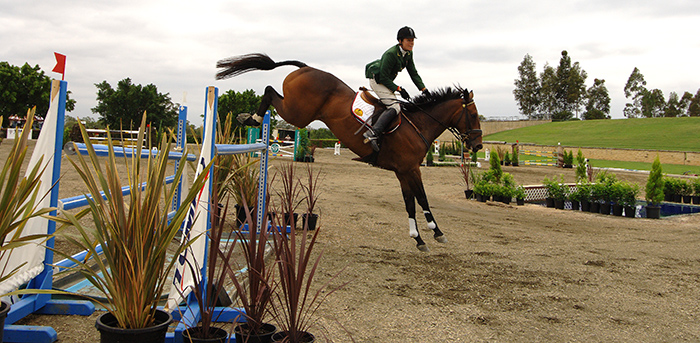
“Course builders like Leopoldo, they use plain coloured rails on top which blend into the edge of the arena, with maybe something bright underneath. When he built his liverpools, especially last year, when everyone knocked them down, he had pale blue rails on top of his liverpools, or a white rail. Whereas if you had a black and white rail on top, the horse would read it better. This year, I think he gave up after the first day and backed off a little bit, and had normal rails on top of his liverpools, which made them a bit more jumpable. I’ve got liverpools at home and I school them all the time, and my horses aren’t specially concerned about them but I’ve knocked them down more times than I’ve jumped them”
Sandro Boy and Marcus Ehning
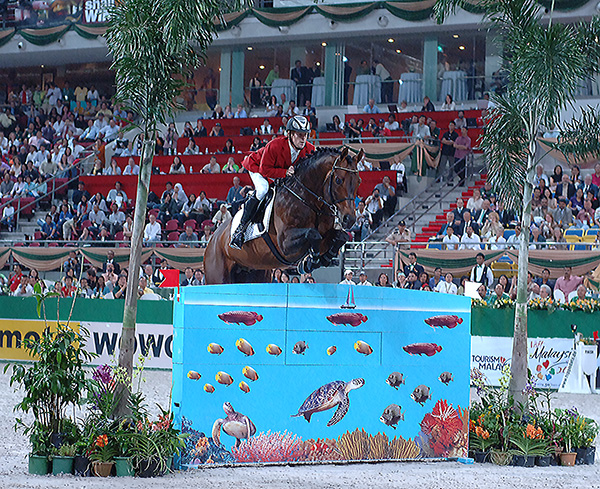
“This was narrow, we’ve one at the J K Williams Show, that is even more radically slopey – no wings, just a little flag there like that, that John Vallance built. It comes to pretty much a point – and narrow, and that takes some jumping. This is a jump like that, the horse has to really look at the top of it. It is a little bit less ugly and in your face, a little bit like Küchengirl’s fence in a way, similar narrow wall, no wings – you’ve got to read the top. This has got interesting bright colouring down the bottom and plain along the top. In the old days the walls used to be red and white with white coping, and the horses would read that very well. Now they have walls much much plainer – walls at this level are much harder to jump. That’s a good looking jump.”
Cantus – Switzerland at the WEG
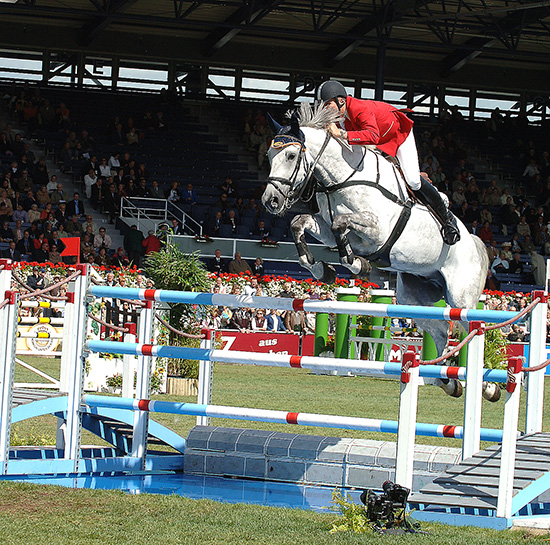
That’s a fence that has got not strong contrasting colours on top. The pale blue, the white, it’s got that little bit of red, which really helps it a lot – those red bands make it a bit more jumpable because there’s not a lot of contrast. Contrast of colour is what gets the horse’s visual attention. That’s a pretty serious jump. One of the open waters with a very tall fence over the top and a little wall in front. I think it would only be a horse with a water issue that would notice these wings, horses at this level don’t really notice the wings. They decorate the arena, but I don’t really think they add a whole lot to the difficulty of the jump.
McLain Ward and Sapphire
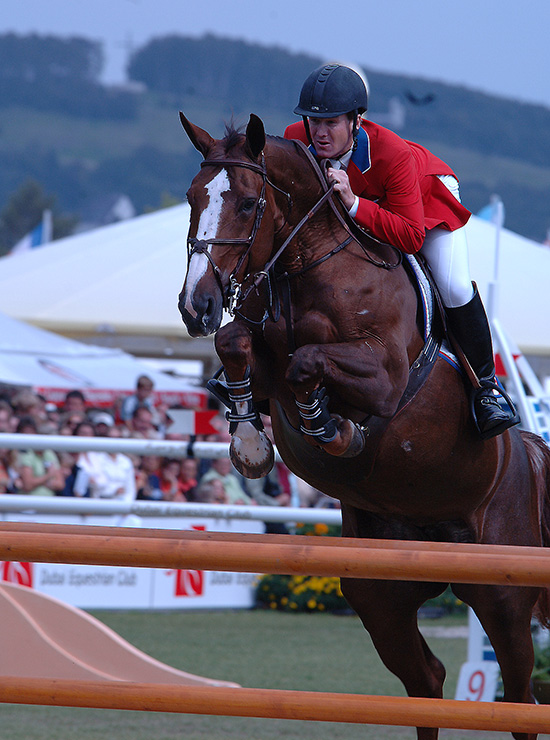
“That’s the sort of thing I’m talking about where you’ve got something colourful or weird at the base – which attracts the horses attention – with plain white rails on the top would make it harder. I think what you’ve got to do with a fence like this is ride it as perfectly as you can ride it, which is the way you should ride every jump, but there is less margin for error with this fence. There is not a whole lot of difference between riding a narrow stile and a vertical, really, except that you have less of a margin for error. You can only try to get the horse perfectly balanced, perfectly together, find absolutely the perfect distance and sit in the middle of them – and if you do less than that, if the jump is a wall with two or three solid rails on the top in broken colours, the chances are your horse will jump it any way, if it is a half decent horse. But if it is a stile and you ride it less than perfectly, you might tap it off. There is not a special technique to ride fences that are visually difficult, but the margin for error is much less, if you don’t ride them especially well, then you are likely to get a fault. The actual mechanics of riding the jump are the same.”
“I guess it might be a problem for the rider who likes to soften his hands on the take off stride, he might possibly get caught allowing the horse to crouch and look down. I think most people would say it is better to keep a feel, and if your horse is really not comfortable jumping into a contact, then you are less prepared for that sort of jump.
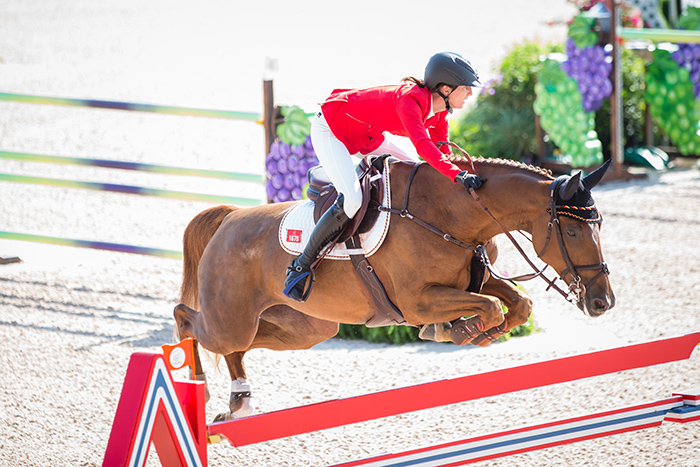
Breeding a show jumper this season? There’s a range of stallions carrying top European bloodlines available in Australia, go to www.ihb.com.au and make your selection from stallions like these, and many more …
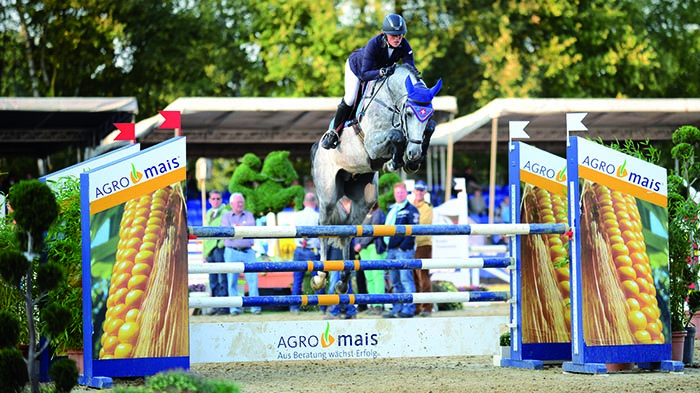
Chaccon Blue
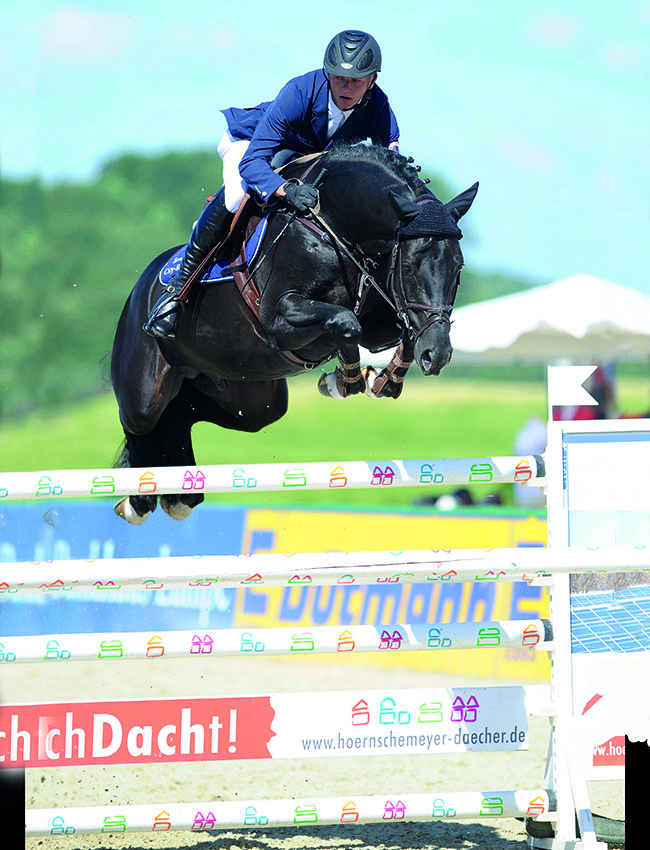 Diarado
Diarado




